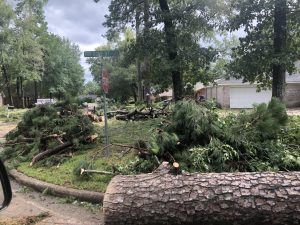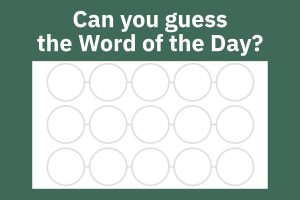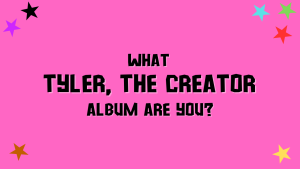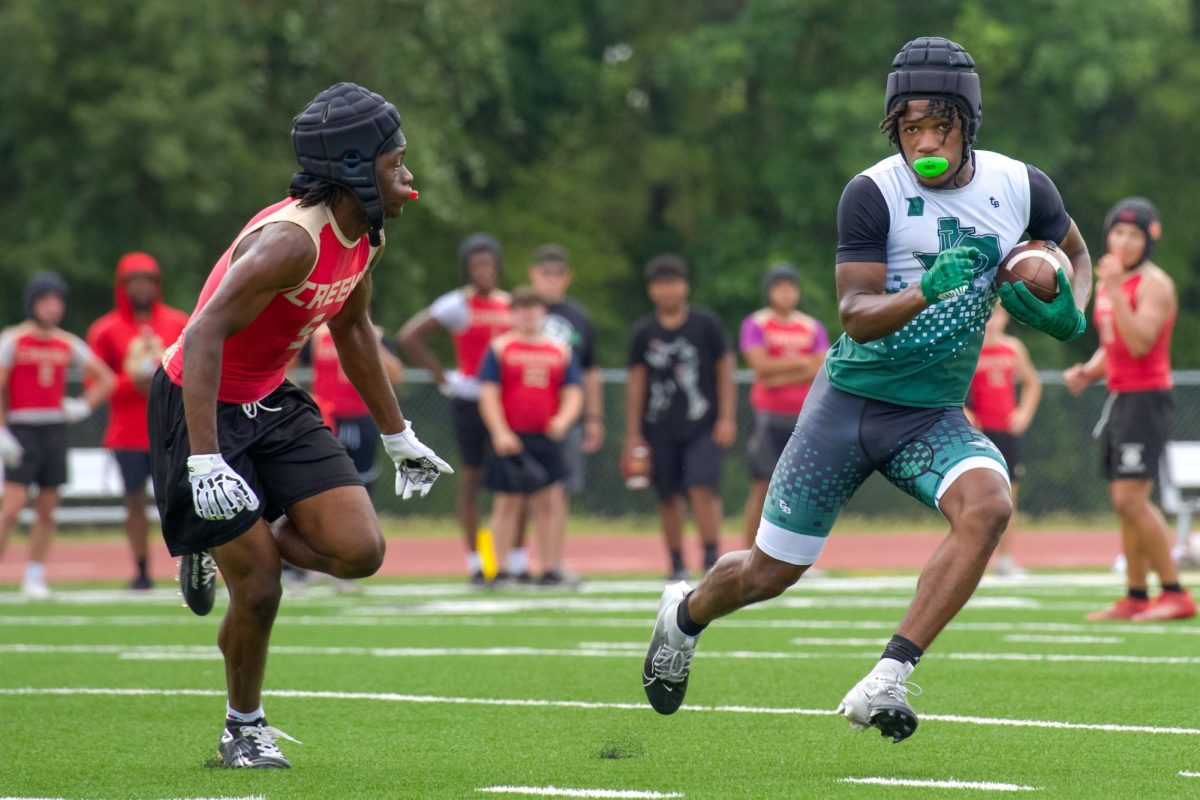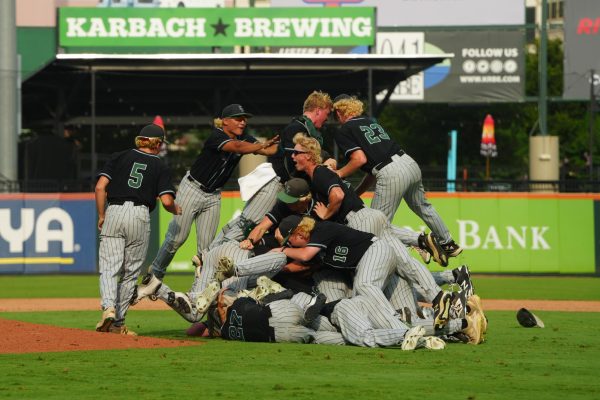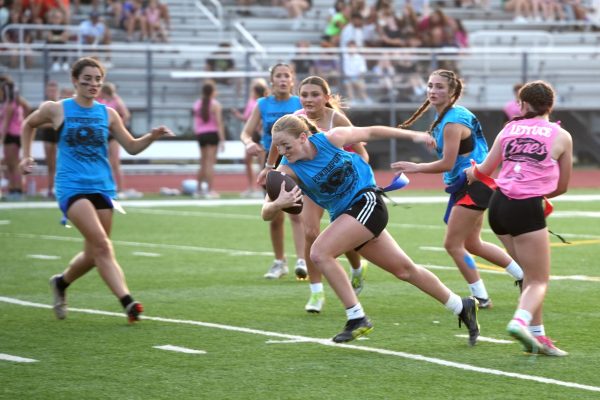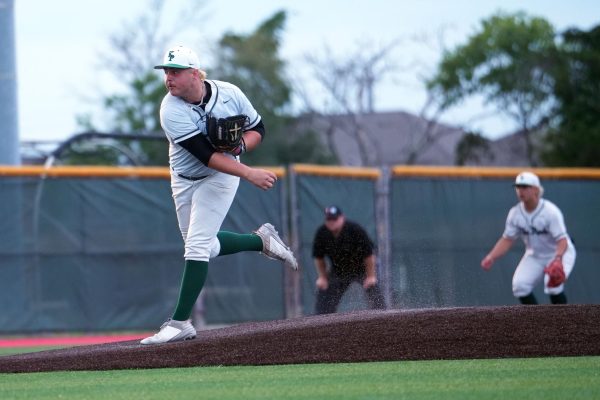[Editorial] Context missing when fights go viral
With students scattered throughout the lunch room during C Lunch, principals monitored the cafeteria and police monitored the entrances.
May 30, 2022
By now the majority of students have watched one of the videos of the recent outbreaks of violence at Kingwood Park. The first question anyone asks when a fight is brought up is whether or not there’s a video. For some reason we love to watch. And people love to record.
Every time one student wallops another, we have video evidence. Nothing is sacred. We see blood, broken bones, bruised egos. Any joe with a phone can witness highly sensitive moments and mistakes. Thanks to all these amateur cameramen, an incident that should be done and over within a couple of days can be dragged on and can potentially lead to more conflict. There are a few solid reasons why one shouldn’t just record a fight.
Firstly (and most obviously), a student should go seek help when they stumble into a physical confrontation; they shouldn’t just stand idle and film it. It’s a student’s responsibility to contact an adult on campus that can call in security and prevent a serious injury. Bystanders don’t have to go Rambo-mode and disable an altercation themselves, but they should do something to help. Taping the fight doesn’t accomplish much of anything for anyone.
Some may argue that these videos can shed insight on what really occurred during the incident, and admittedly in some cases this is true. But in most cases the footage does more harm than good. A clip from a fight is not a full picture of what actually went down; it’s a reality distorted by a lack of context. Most fight videos show only a few seconds of physical violence. The audience doesn’t get to see what happened beforehand and after the fact. These parts are very important to the understanding of a fight as a whole. A select few seconds from a situation that can span multiple days really only damages our comprehension of the fight, and this misunderstanding can cause more anger… and more violence.
We all want attention, but we should strive to get it in a more positive way than by being taped pummeling some kid. The dissemination of violent footage on campus is an example of rewarding harmful behaviors with attention on a large scale. The high school fame that one can get from being in a fight – especially one backed by video proof – is an incentive for many teenagers to get aggressive. It’s a chance for kids to get noticed and talked about – something that many students crave, even if the talk is negative. When a fight is taped and dispensed throughout a school, school violence is glorified and indirectly condoned by the student population.
In an age of social media it can be tempting to try and capture something that is sure to go viral, but there’s a trade off. Having a hot video isn’t worth the hurt and confusion that could be caused by it.



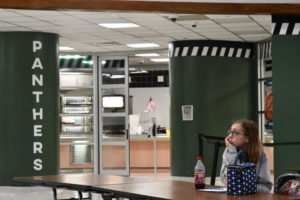
![[Video] After fights, students adjust to new bell schedules](https://kptimes.com/wp-content/uploads/2022/04/My-project-3-300x200.jpg)
